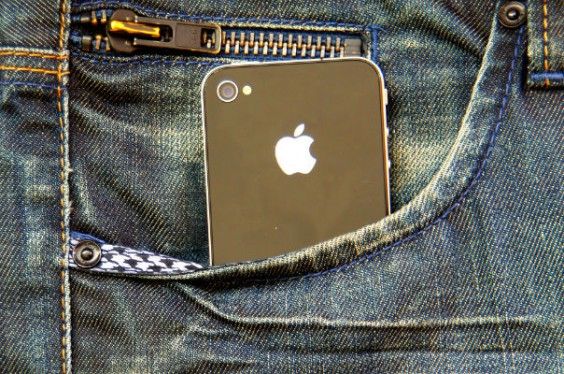This post was written by Alexis Fotiu, sales and marketing associate, and Bronwyn Spira, PT, Founder and CEO, of FORCE Therapeutics, which designs mobile apps for physical therapists and their clients. The opinions expressed herein are theirs.
Using our mobile devices can make fitness fun, but can they also change our behavior by increasing our physical activity? According to an article in the Journal of Medical Internet Research, the answer is “Yes”
Mobile Technology and Fitness
Studies have been conducted to determine the effectiveness of mobile devices on physical activity behavior. In 2012, researchers in the Department of Kinesiology and Community Health at the University of Illinois at Urbana-Champaign conducted a meta-analysis they claim is the “first to synthesize current research focused on the use of mobile devices for increasing physical activity.” By examining numerous studies that employed mobile “interventions” (such as text messages offering fitness motivation), researchers were able to determine that mobile devices can increase our physical activity. Studies like this also help us understand the best use of these mobile devices as they pertain to fitness. The meta-analysis included studies that involved more than 1,350 subjects. Of those studies, eight used text messages to offer fitness motivation, four relied on smartphone apps, and two used self-reports on PDAs. One of the studies found that initially underactive adults aged 50 years and older who received daily and weekly feedback, goal setting, and support through their mobile devices increased their moderate to vigorous physical activity by 177.7 minutes per week. Those who weren’t given feedback, goal setting and support through their mobile devices decreased their moderate to vigorous physical activity by 80 minutes per week. The results indicate mobile devices may be effective tools for increasing initial physical activity levels among underactive adults. This study was conducted in 2007, after the launch of the iPhone but just before the App store hit full stride. It serves as just a preview of the influence these devices could be capable of in the health and fitness industry. As the app market expands and health and fitness apps become more prevalent, more people are starting to incorporate them into their daily lives and fitness routines.
The Rise of the App Store
When Apple’s App Store launched in July 2008, it made the word “app” mainstream to smartphone users. Today, there are more than 13,600 health and fitness apps in Apple’s App Store. Many of these apps influence behavioral changes in their users, promoting healthier lifestyles. Behavioral changes can include healthier food choices, consistent exercise regimes, and tracking of vital health information. Mobile devices are being used as a hub for peoples’ health and fitness information: food diaries, weight trackers, training tools, exercise videos, and more. All of these elements work as motivators that encourage physical activity and fitness.

These apps range from calorie counters that track nutritional information to medical apps that help users quit smoking. Apps such as Nike Training Club and MyFitness Pal serve as workout programs to help reach fitness goals. Nike Training Club is an iPhone app that serves as a personal trainer, providing users with full-body workouts developed by Nike professional trainers. MyFitnessPal is a free calorie counter app, and a diet and exercise journal. MyFitnessPal also provides users with a searchable food database of more than 2,249,000 items. The authors from the 2012 University of Illinois study found the inclusion of advanced sensors, such as integrated accelerometer and GPS devices, hold promise for even more accurate assessment of physical activity in real time. These sensors can track speed, pace, distance, location, and help spur the users of these devices to push that one more mile, beat their last timed run, or try new routes. In fact, there are apps (such as MapMyRun) that can help users find nearby running or hiking routes. If you’re travelling for the weekend, don’t know the area or just want to find a new route where you live, you can simply go to an app to find popular running or hiking routes. These apps also allow users to create new routes and share them with others.
Sharing Means Caring
The ability to share has become extremely popular in the health and fitness industry with mobile devices making it even easier to do so. Many fitness apps include a “share” button where users can post their completed exercises to social networks like Twitter or Facebook, showing their friends how far or fast they ran, or highlighting a new goal they reached. The ability to set goals and share results motivates users to do more, catering to a competitive streak in all of us. It’s clear that mobile devices are impacting how people are managing their health and, with recent studies, we are able to see just how much of a positive influence they can have. The 2012 study concluded by stating: “Our focus must be on the best possible use of these tools to measure and understand behavior.” Previous studies conducted have pointed to mostly positive effects, such as those found in a study published in the journal, Archives of Internal Medicine, that observed behavior changes in diet and activity influenced by technology. Now that we know the positive benefits they can have, it’s important to examine the functions of active technologies, such as interactive education and self-monitoring. By effectively using these devices to measure and monitor our health and fitness information, we not only have the potential to increase our physical activity but to improve our overall health.

